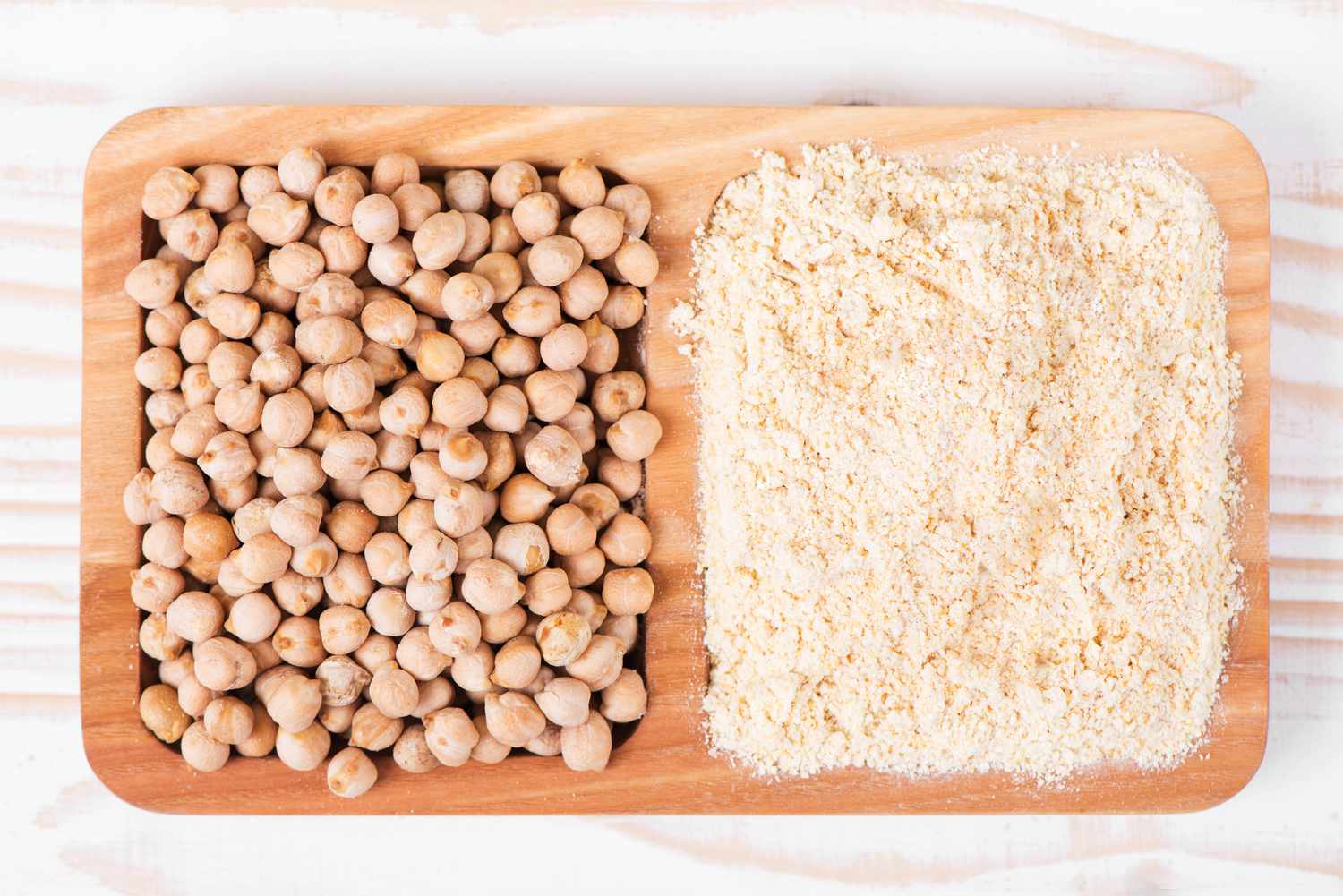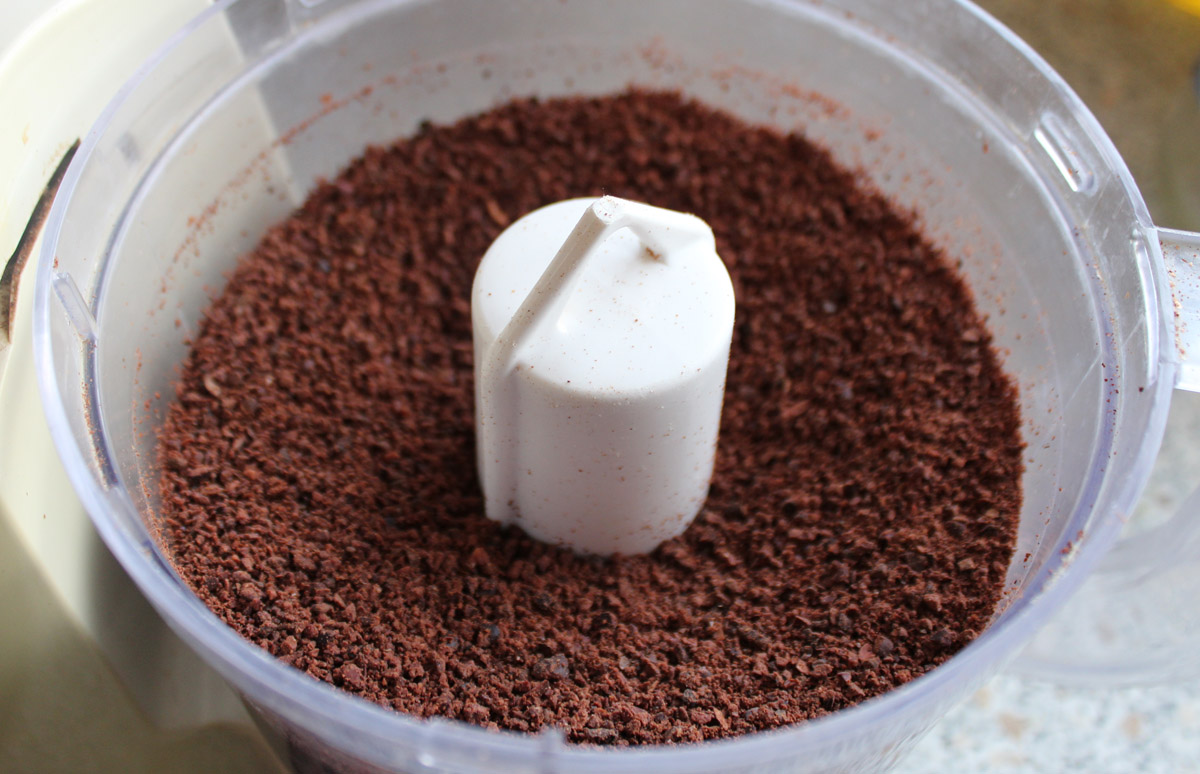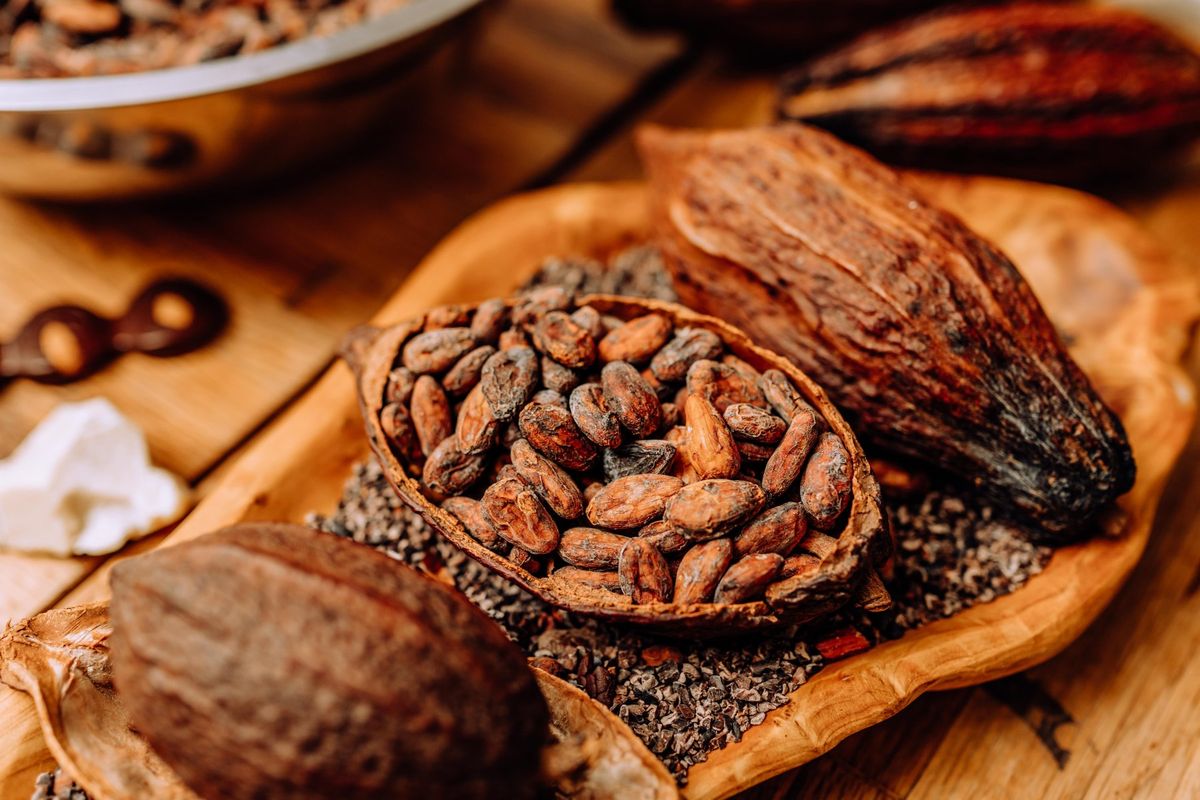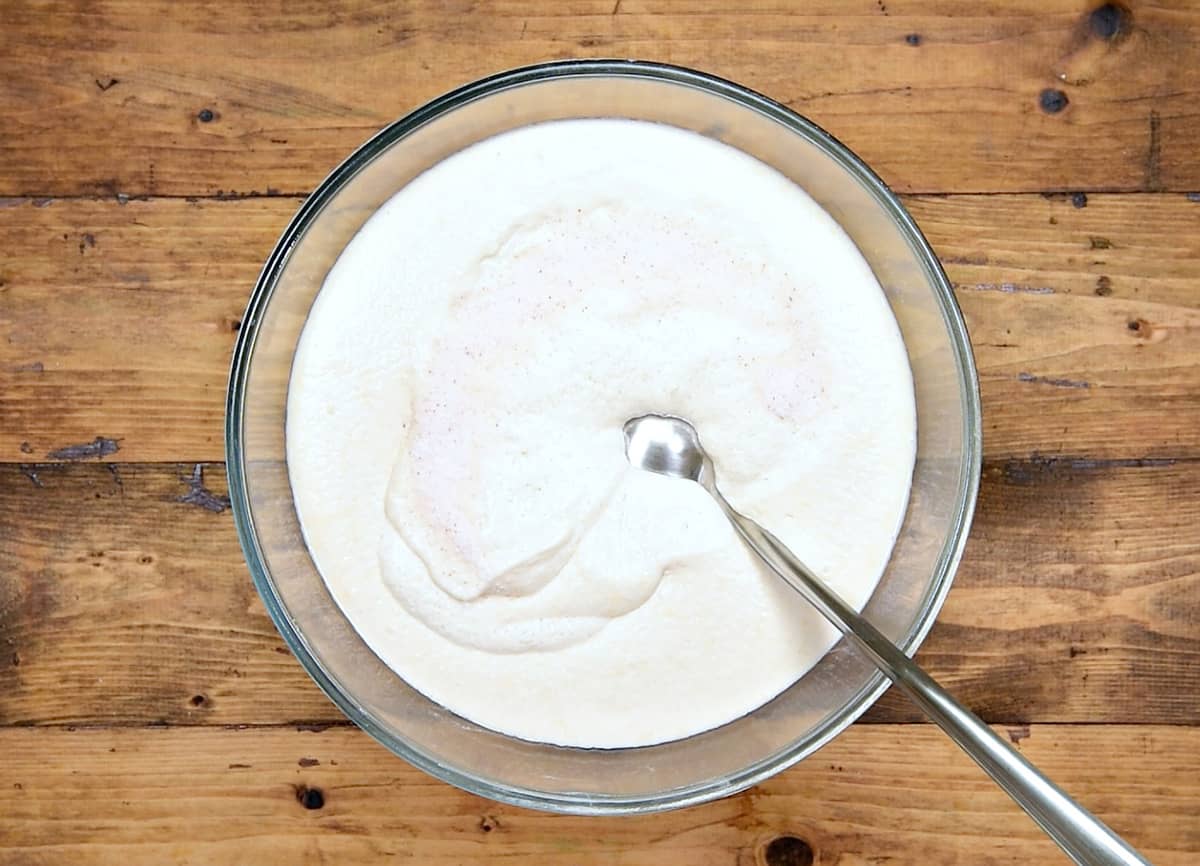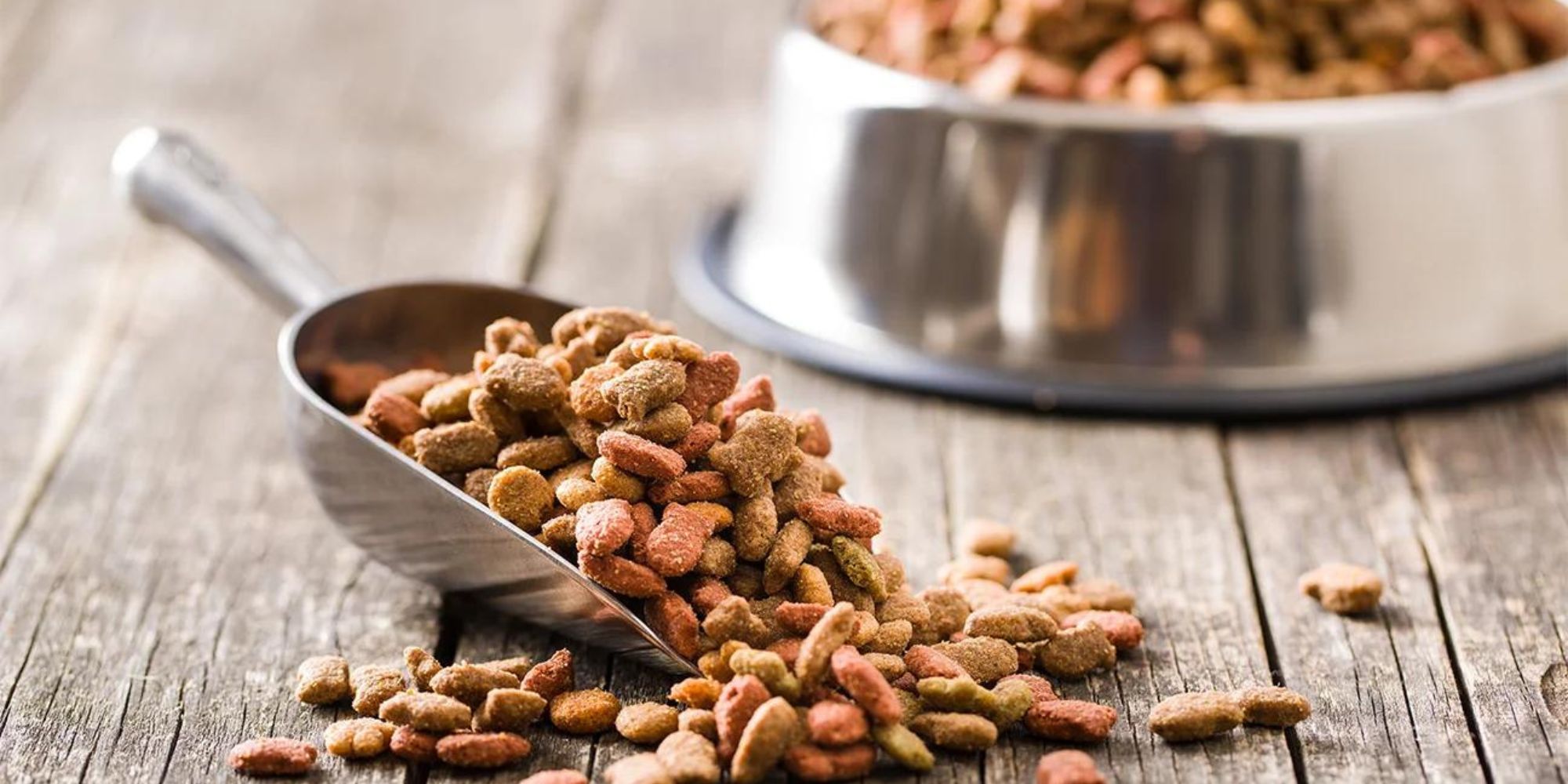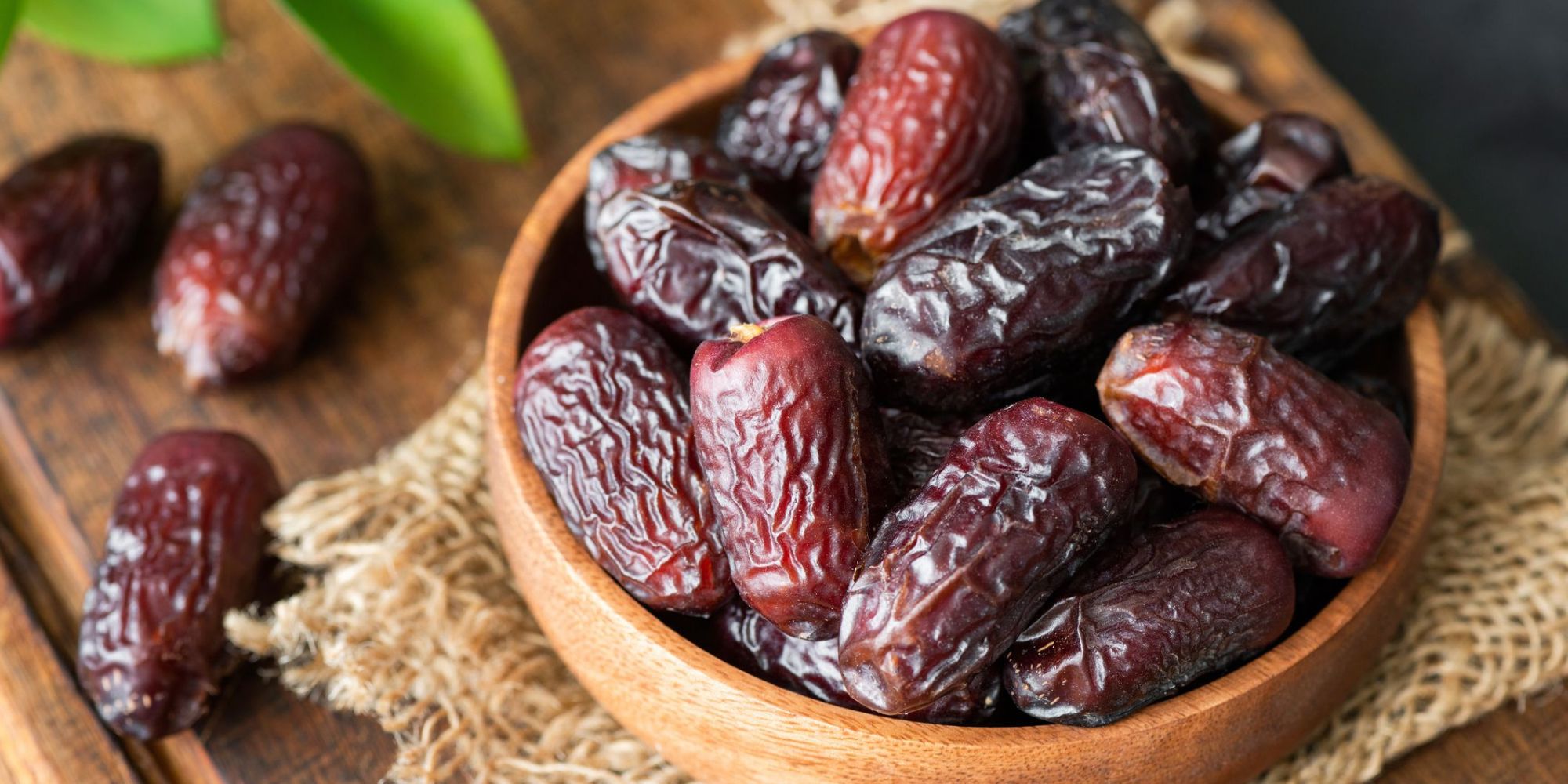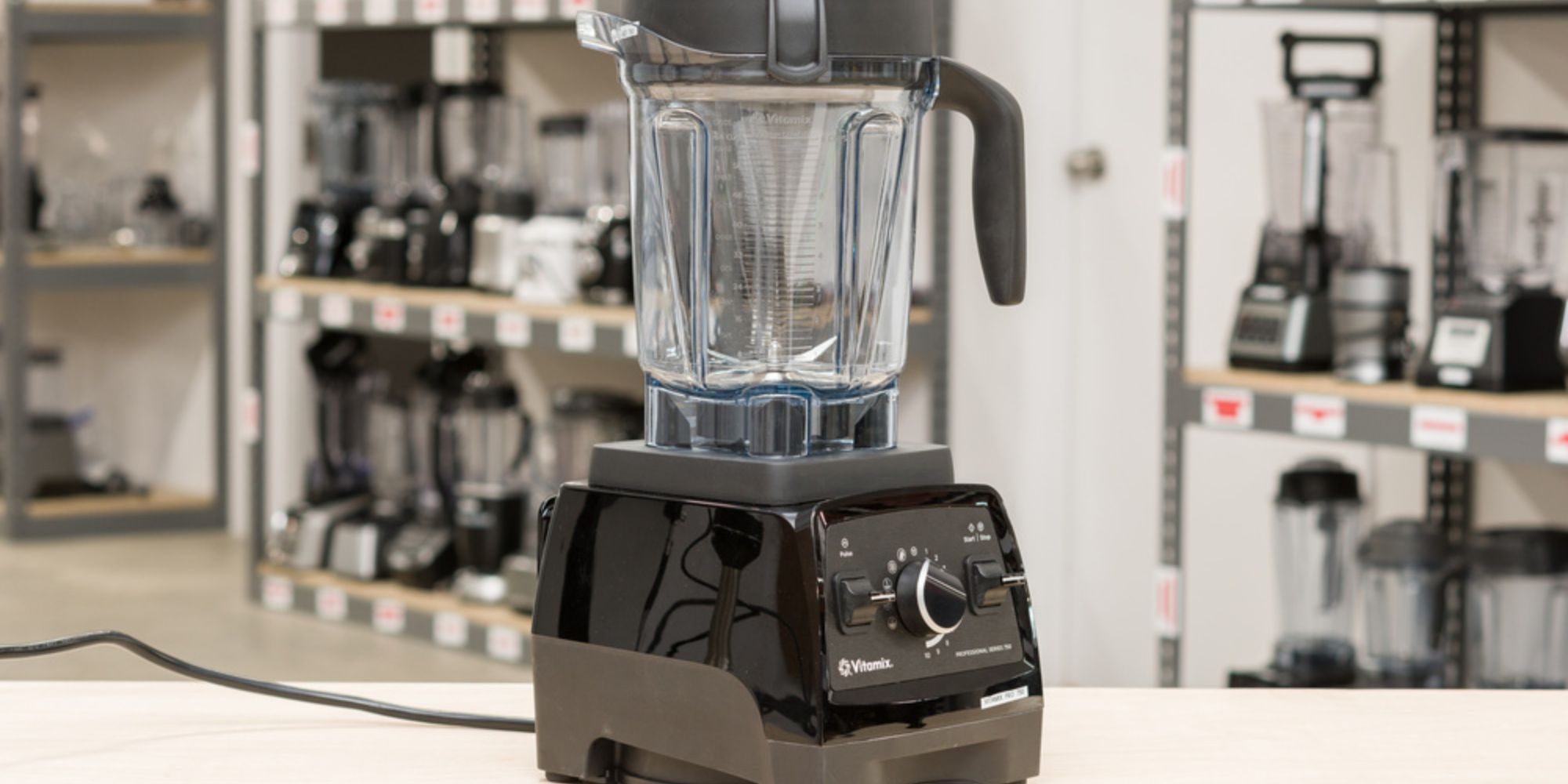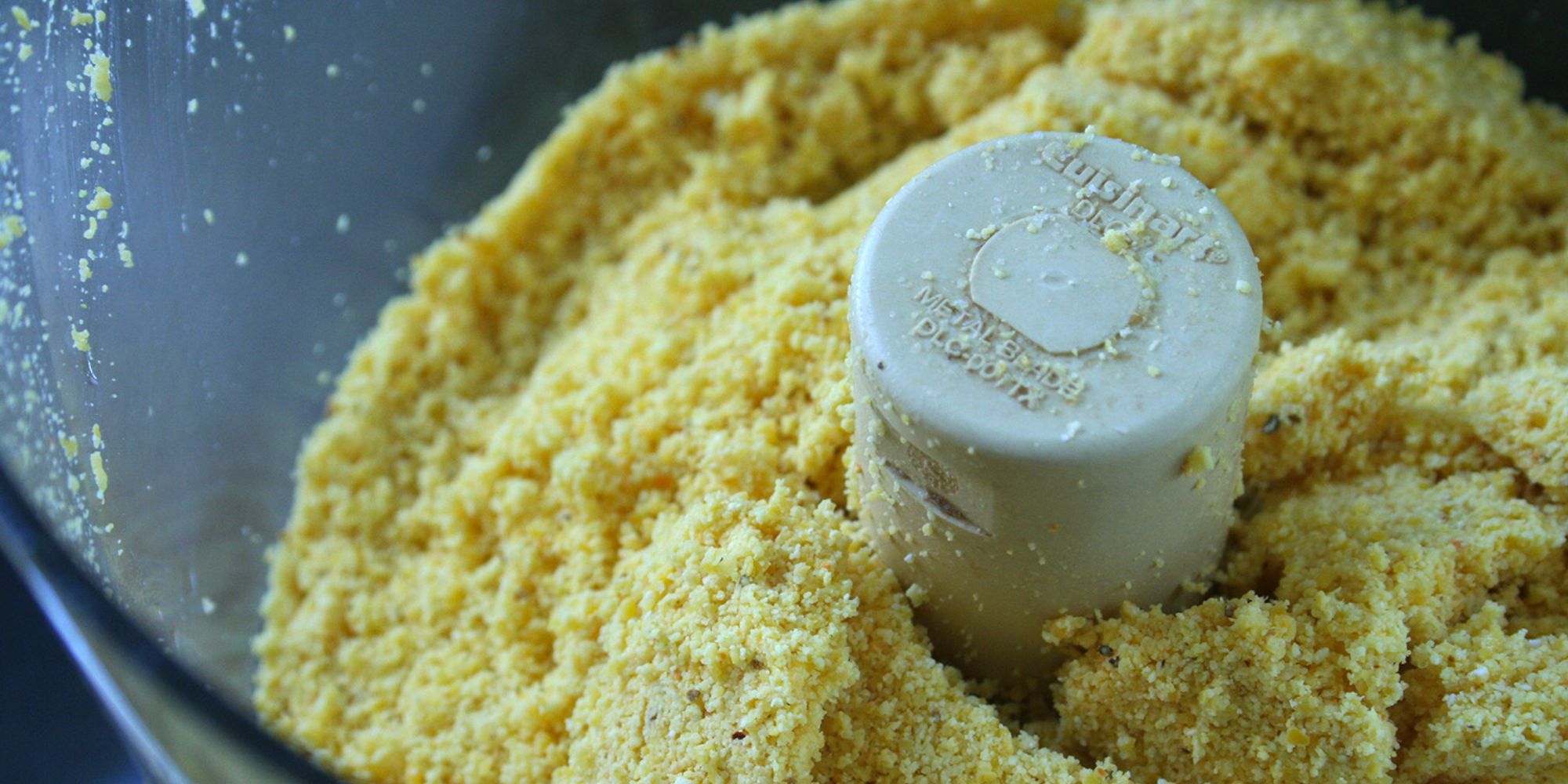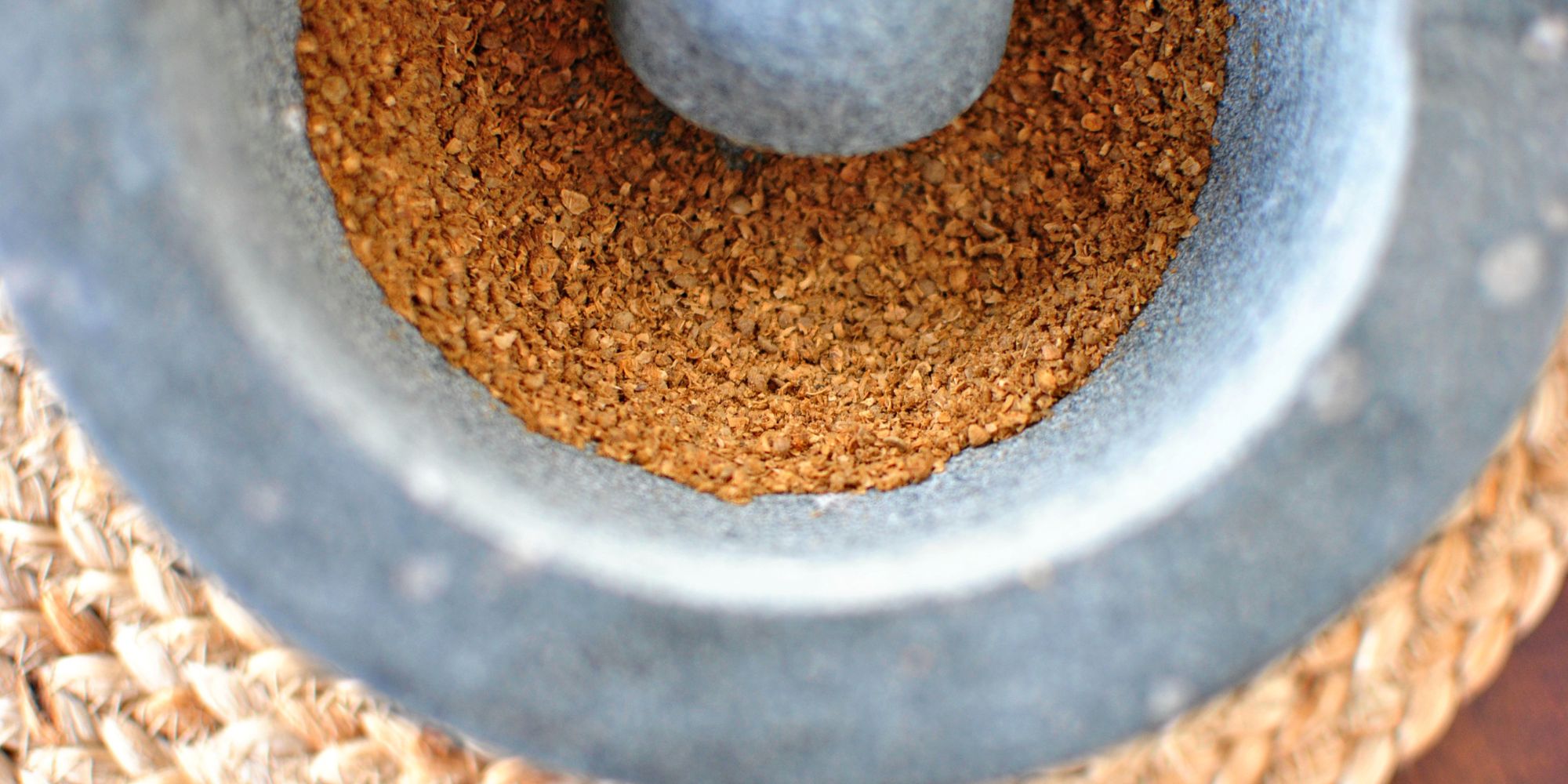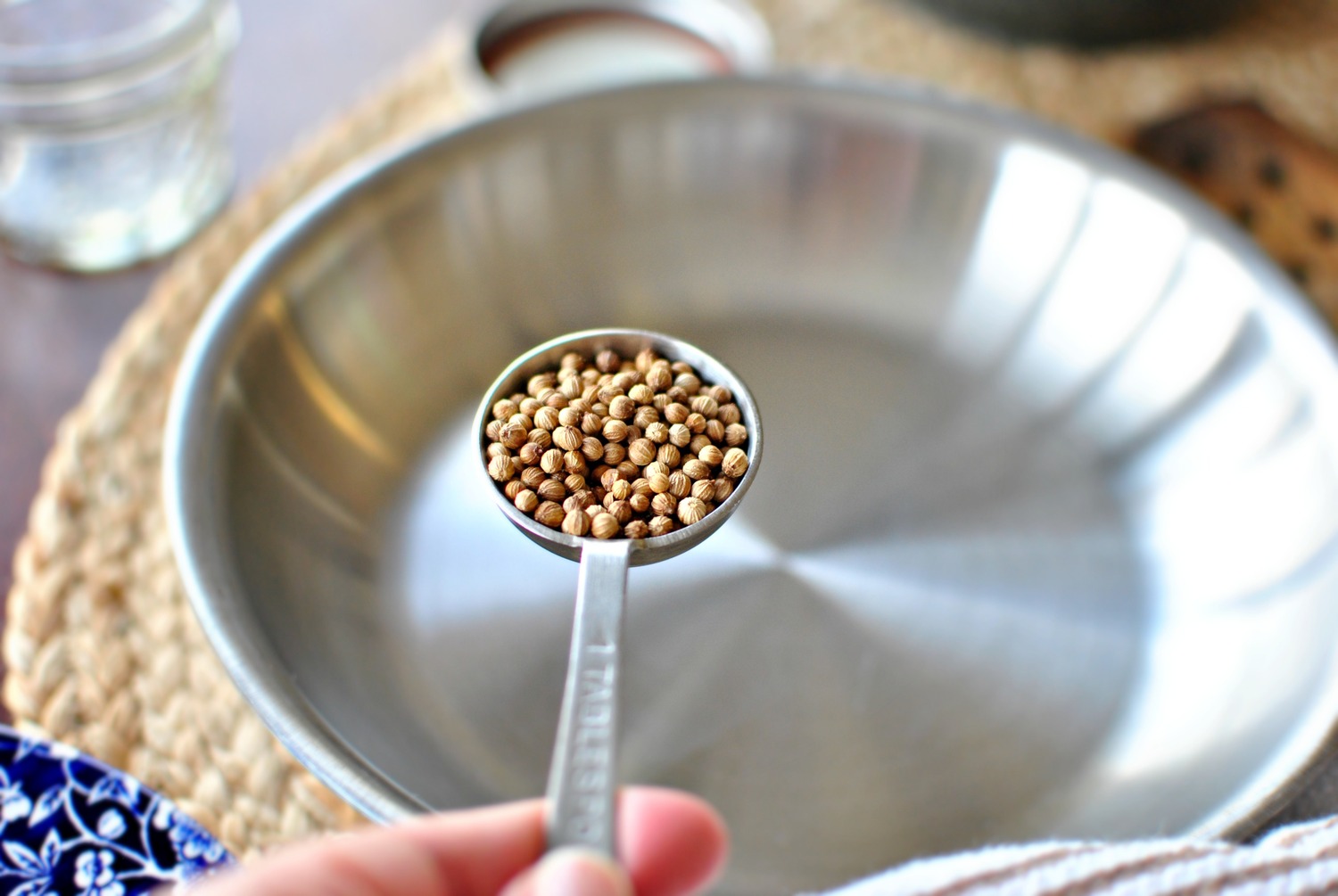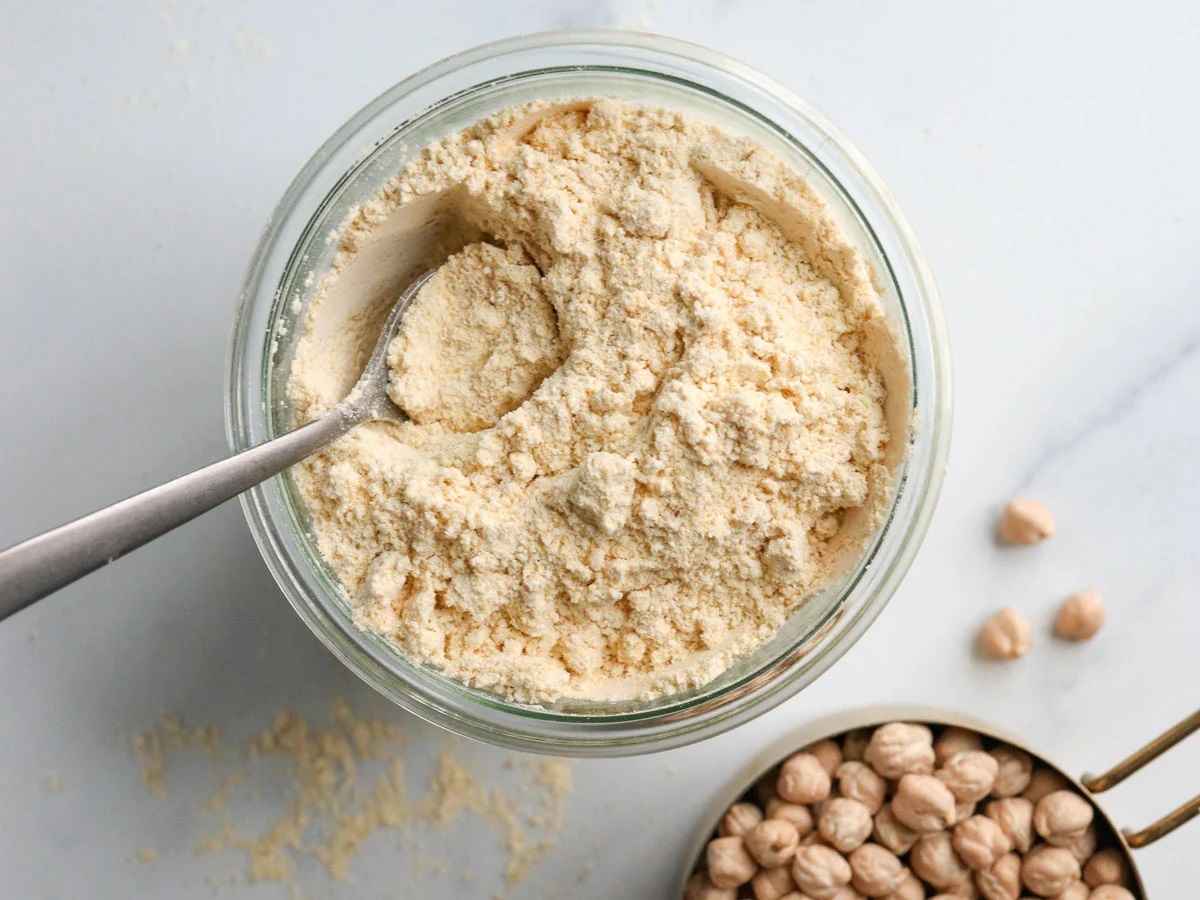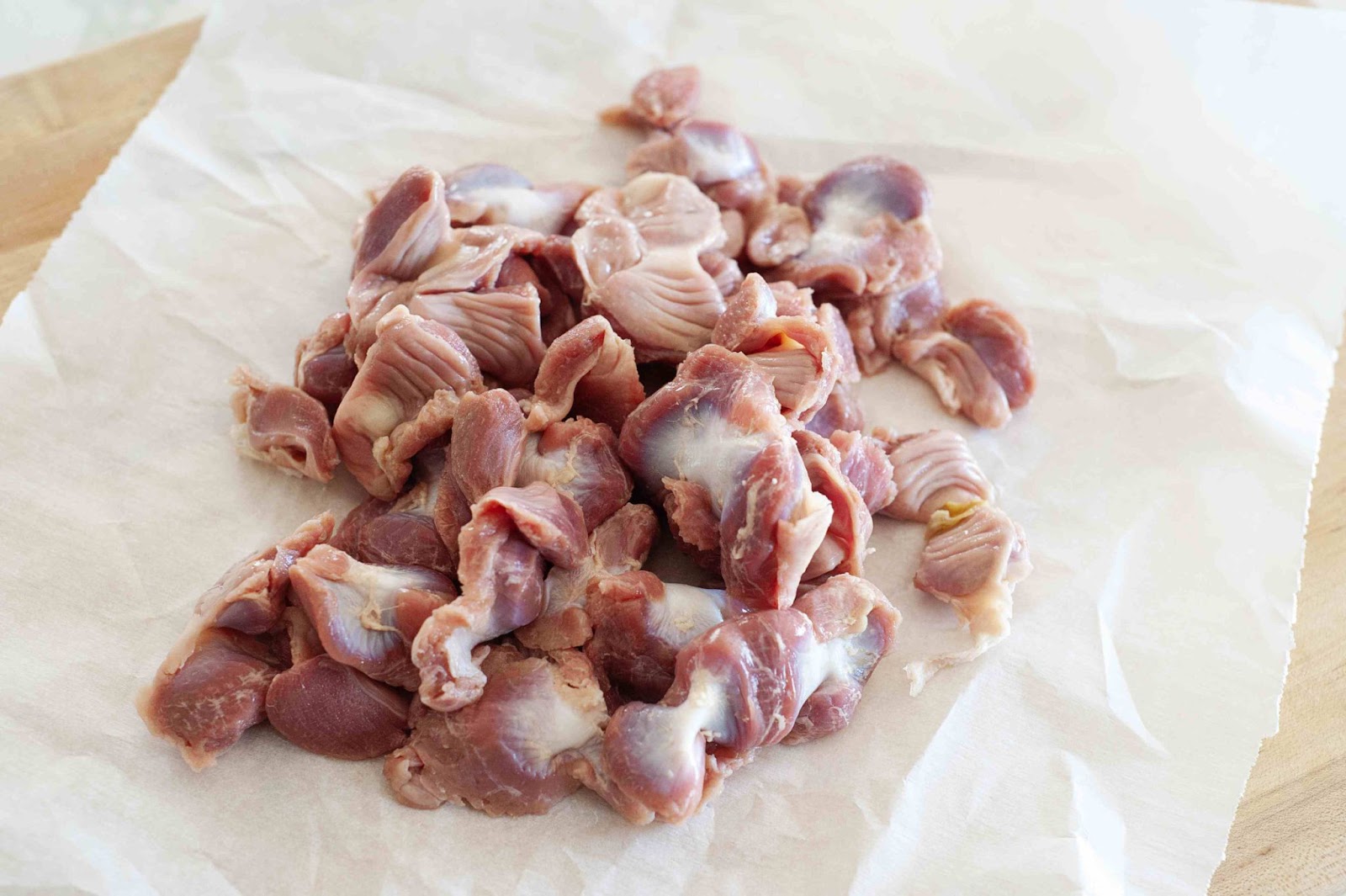Grinding Dried Beans: A Beginner’s Guide
Grinding dried beans is a simple and cost-effective way to incorporate nutritious legumes into your diet. Whether you’re making bean flour for baking or preparing homemade bean dip, learning how to grind dried beans opens up a world of culinary possibilities. In this guide, we’ll walk you through the process of grinding dried beans and share tips for achieving the perfect texture.
Choosing the Right Beans
Before you start grinding, it’s important to select the right type of dried beans for your recipe. Common choices include black beans, pinto beans, chickpeas, and navy beans. Each variety offers a unique flavor profile and texture, so consider the end result you’re aiming for when making your selection.
Preparing the Beans
Once you’ve chosen your beans, it’s time to prepare them for grinding. Start by sorting through the dried beans to remove any debris or damaged pieces. Then, rinse the beans under cold water to remove any dirt or dust. After rinsing, you can opt to soak the beans overnight to soften them, which can make the grinding process easier.
Grinding Methods
There are several methods you can use to grind dried beans, depending on the equipment you have available:
- Blender or Food Processor: If you have a high-powered blender or food processor, you can easily grind dried beans into a fine powder. Simply add the beans to the appliance and pulse until you achieve the desired consistency.
- Coffee Grinder: A coffee grinder can also be used to grind dried beans. Be sure to clean the grinder thoroughly before and after use to avoid any flavor transfer.
- Mortar and Pestle: For a more traditional approach, you can use a mortar and pestle to grind small batches of dried beans by hand.
Tips for Grinding Dried Beans
Regardless of the method you choose, there are a few tips to keep in mind for successful bean grinding:
- Work in Batches: If you’re grinding a large quantity of beans, it’s best to work in small batches to ensure even grinding.
- Avoid Overfilling: Whether using a blender, food processor, or coffee grinder, avoid overfilling the appliance, as this can hinder the grinding process.
- Monitor Texture: Keep an eye on the texture of the ground beans to ensure they reach the desired consistency. For flour, a fine powder is ideal, while coarser textures work well for dips and spreads.
Storing Ground Beans
Once you’ve ground your dried beans to perfection, it’s important to store them properly to maintain their freshness. Transfer the ground beans to an airtight container and store them in a cool, dark place, such as a pantry or cupboard. Properly stored, ground beans can last for several months, providing you with a convenient ingredient for all your cooking and baking needs.
Get Grinding!
Now that you’re equipped with the knowledge of how to grind dried beans, it’s time to put your skills to the test. Whether you’re adding bean flour to your favorite recipes or experimenting with homemade bean-based creations, grinding dried beans opens up a world of culinary possibilities. So, roll up your sleeves, grab your beans, and get ready to elevate your cooking game with freshly ground legumes!
Grinding dried beans opens up a world of culinary possibilities, and there are some recipes that really showcase this skill. Chickpea Flour Pancakes are a great start, offering a gluten-free, protein-packed breakfast option. Black Bean Brownies are surprisingly rich and fudgy, making them a must-try for dessert lovers who want to incorporate more plant-based ingredients. For a hearty meal, Pinto Bean Chili provides a robust and satisfying dish that's perfect for colder days. Veggie lovers will appreciate Black Bean Burgers, which are flavorful and filling. Finally, Chickpea Flour Pizza Crust offers a unique twist on traditional pizza, allowing for a gluten-free, protein-rich base. These recipes not only demonstrate how versatile beans can be but also encourage healthier eating habits.
